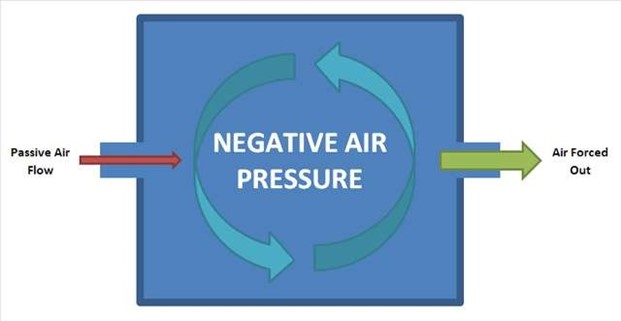A nurse is planning care for a client who has a prescription for a bowel-training program following a spinal cord injury.
Which of the following actions should the nurse include in the plan of care?
Encourage a maximum fluid intake of 1,500 mL per day.
Increase the amount of refined grains in the client’s diet.
Provide the client with a cold drink prior to defecation.
Administer a cathartic suppository 30 min prior to scheduled defecation times.
The Correct Answer is D
This is because a cathartic suppository stimulates the nerve endings in the rectum, causing a contraction of the bowel and facilitating defecation. This is especially helpful for clients who have an upper motor neuron or areflexic bowel, which means they have lost the ability to feel when the rectum is full and have a tight anal sphincter muscle. A bowel program is a way of controlling or moving the bowels after a spinal cord injury, which may affect normal bowel function depending on the spinal level involved. A bowel program aims to achieve regular bowel movements, prevent constipation or impaction, and avoid accidents.
Choice A is wrong because encouraging a maximum fluid intake of 1,500 mL per day is not enough to prevent constipation and promote bowel health. A fluid intake of at least 2,000 mL per day is recommended for most adults.
Choice B is wrong because increasing the amount of refined grains in the client’s diet can worsen constipation and reduce stool bulk.
Refined grains are low in fiber, which is essential for normal bowel function. A high-fiber diet of at least 20 to 35 grams per day is advised for clients with spinal cord injuries.
Choice C is wrong because providing the client with a cold drink prior to defecation can have the opposite effect of stimulating the bowel.
Cold drinks can slow down the digestive process and reduce peristalsis, which is the movement of food through the intestines. Warm or hot drinks can help stimulate the bowel and increase peristalsis.
Nursing Test Bank
Naxlex Comprehensive Predictor Exams
Related Questions
Correct Answer is C
Explanation

This is because varicella, or chickenpox, is a highly contagious disease caused by the varicella- zoster virus (VZV), which can spread through the air or by direct contact with the fluid from the blisters. A negative air pressure room prevents the air from the room from circulating to other areas of the hospital, reducing the risk of transmission to other patients and staff.
Choice A is wrong because aspirin should not be given to children with chickenpox, as it can cause a serious condition called Reye’s syndrome, which affects the brain and liver. Instead, acetaminophen can be used to reduce fever.
Choice B is wrong because droplet precautions are not enough to prevent the spread of chickenpox. Droplet precautions involve wearing a mask and gloves when in close contact with the patient, but they do not prevent the virus from traveling through the air. Airborne precautions, which include a negative air pressure room and wearing a respirator, are needed for chickenpox.
Choice D is wrong because Koplik spots are not a sign of chickenpox, but of measles, another viral infection that causes a rash. Chickenpox causes an itchy rash with small, fluid-filled blisters that crust over.
Correct Answer is C
Explanation
Dizziness is a manifestation of hypovolemia, which is a decrease in blood volume due to fluid loss. Hypovolemia can cause orthostatic hypotension, which is a drop in blood pressure when changing positions. This can lead to dizziness, lightheadedness, or fainting.
Choice A is wrong because it is not a sign of hypovolemia, but rather a possible cause of it. Epistaxis is a nosebleed that can result from trauma, infection, dryness, or coagulation disorders.
Choice B is wrong because it is not a specific sign of hypovolemia, but rather a nonspecific symptom that can have many causes. Headache can be associated with dehydration, but it can also be caused by stress, infection, inflammation, or other factors.
Choice D is wrong because it is not a sign of hypovolemia, but rather a sign of fluid volume excess.
Fluid volume excess is an increase in blood volume due to fluid retention or overload. Fluid volume excess can cause dyspnea, which is difficulty breathing or shortness of breath.
Normal ranges for blood pressure are 90/60 mm Hg to 120/80 mm Hg for adults. Normal ranges for heart rate are 60 to 100 beats per minute for adults.
Whether you are a student looking to ace your exams or a practicing nurse seeking to enhance your expertise , our nursing education contents will empower you with the confidence and competence to make a difference in the lives of patients and become a respected leader in the healthcare field.
Visit Naxlex, invest in your future and unlock endless possibilities with our unparalleled nursing education contents today
Report Wrong Answer on the Current Question
Do you disagree with the answer? If yes, what is your expected answer? Explain.
Kindly be descriptive with the issue you are facing.
